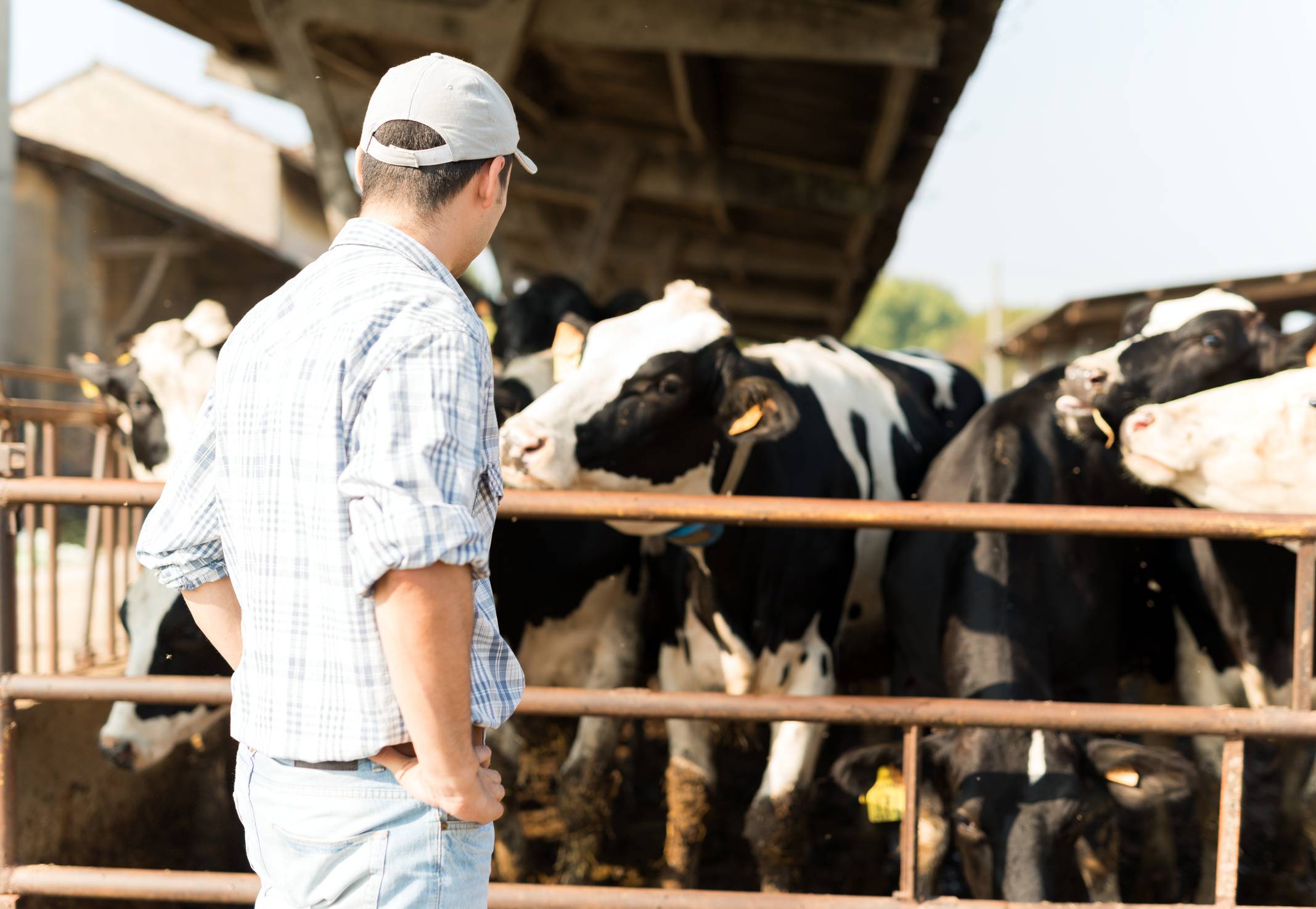What defines a real chelate?
ADVANTAGES OF CHELATION
Chelation is the ultimate chemical process, in feed additives production, to obtain organic trace minerals. Compared to the non organic ones, the chelates present an incredibly high absorption ratio in the first tract of the animals gut (around 90/95%), this means a significant reduction of mineral excretion in manure, less pollution and a reduced environmental impact.
The high absorption ratio of chelates can also translate into significant advantages for the animal’s health and growth.
Such as:
-Immune system improvement -Mortality decreasing
-Better fertility
-Stress decreasing
-Bone formation improvement
-Gut problems prevention
-Microbiota balance optimization
But are chelates all the same? What defines a real chelate? Let’s find it out
THE CHELATION PROCESS
The chelation process occurs when mineral molecules have a metal bond to an organic ligand through coordinated bonds. If the arrangement of donor atoms around metal cation forms a chelation ring you can tell you obtained a chelation. If the obtained chelation ring has five atomes you can tell you have a full chelate, the most stable one.
The full ring chelates have obviously a higher coefficient of effectiveness so it is better to pay attention: a non-complete chelation can’t afford the same advantages as a full one starting from absorption ratio differences.
There are not so many realities that are able to perform a full chelation process. Società San Marco, thanks to his long term collaboration with prestigious Parma University, is the only company able to supply University test results regarding trace element-metal bond.







